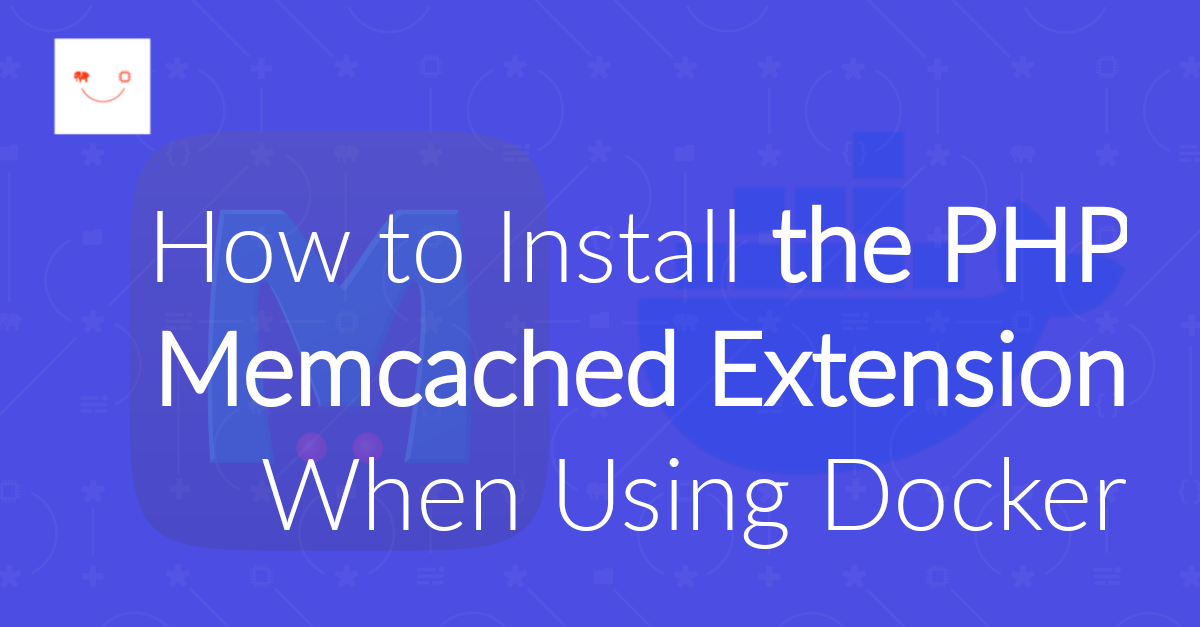
How to Install the PHP Memcached Extension When Using Docker
If you’re having trouble getting PHP’s Memcached extension working in a Docker container, this tutorial will show you how.

If you’re having trouble getting PHP’s Memcached extension working in a Docker container, this tutorial will show you how.
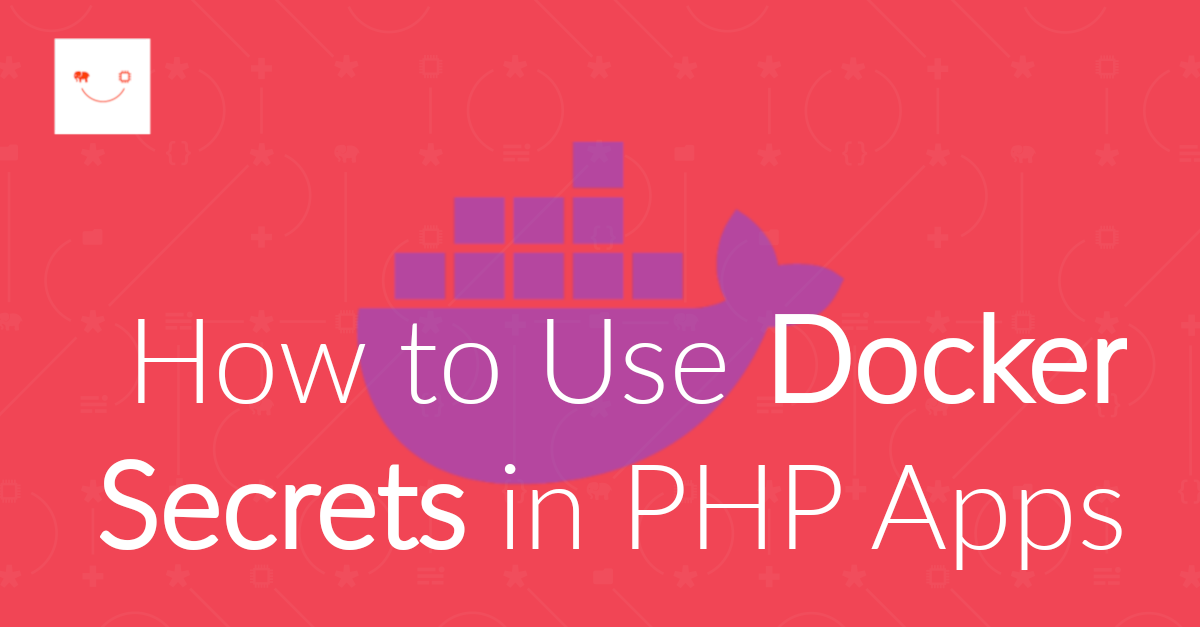
Docker Secrets are a good way to start storing sensitive data that your PHP apps need in an organised and structured way. You don’t need to use environment variables, and you continue avoiding them being stored in code. In this tutorial, I’ll show you how to use them, and consider some of their pros and cons.
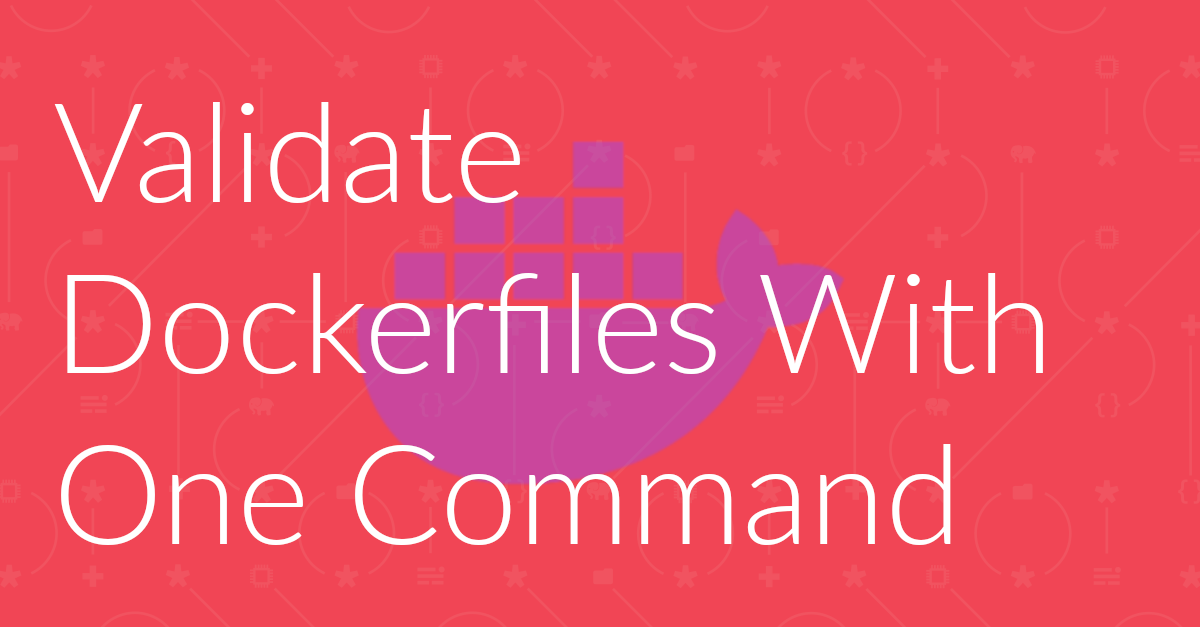
Docker is an excellent way of deploying software. But, how do you know if your build configurations (your Dockerfiles) are valid without building them? In this short tutorial, I’ll show you how.
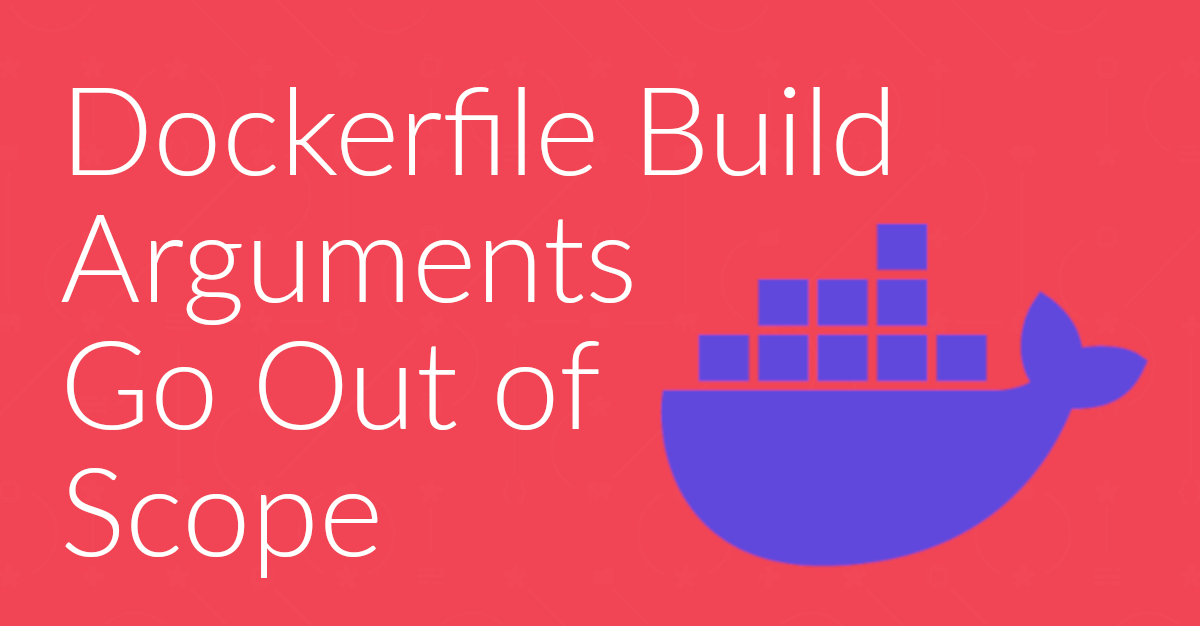
When you’re writing Dockerfiles using build arguments (which you should) it’s important to keep their scope in mind. Otherwise, you’ll get very frustrated (more than likely).

Recently, I deployed a Go-powered app backed by an SQLite database on Fly.io for the first time. Here’s the process that I went through, along with some of the issues that I encountered along the way.
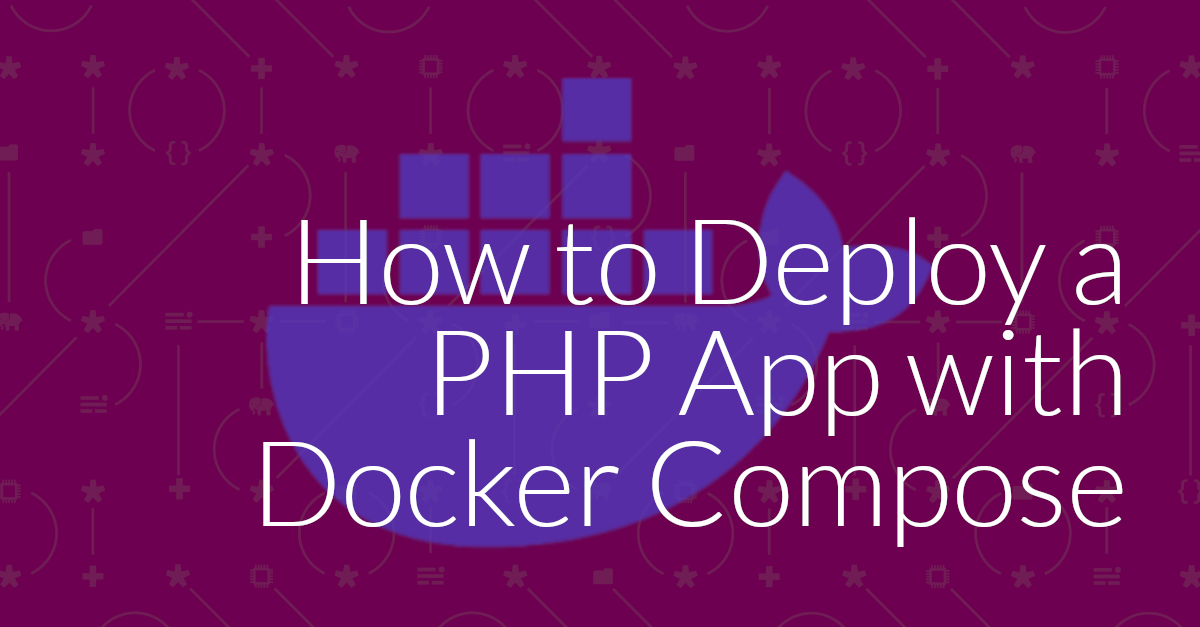
Want to know how to deploy a PHP app to production (or any other remote environment)? In this tutorial, I’ll show you all the steps involved, and provide background information along the way, so you can build on what you’ll learn.

Docker and Docker Compose simplify setting up local development environments for developing PHP apps and for deploying them, whether locally or remotely. But, when your PHP app is running inside a Docker container, how do you run your tests — especially test suites that depend on resources such as database or caching servers? In this tutorial, I’ll show you how to do so.
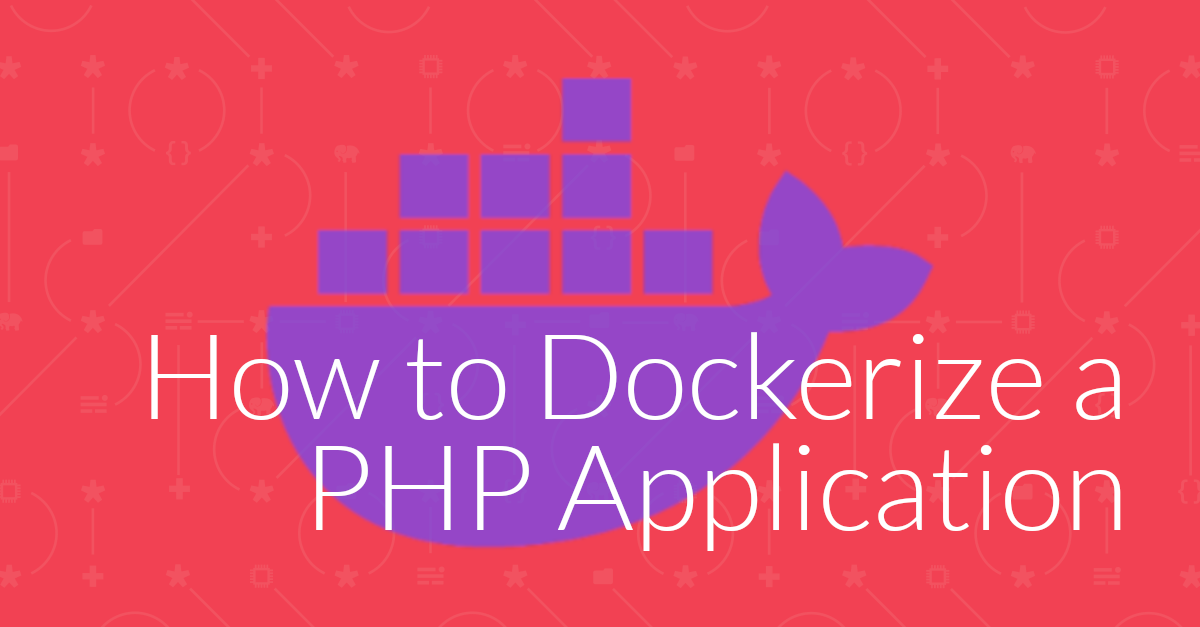
Building a local development environment which mirrors production hasn’t, historically, been an easy task. But with Docker, it’s become almost trivial. In this tutorial, you’ll learn do so by dockerizing a PHP application and deploy it locally with Docker Compose.
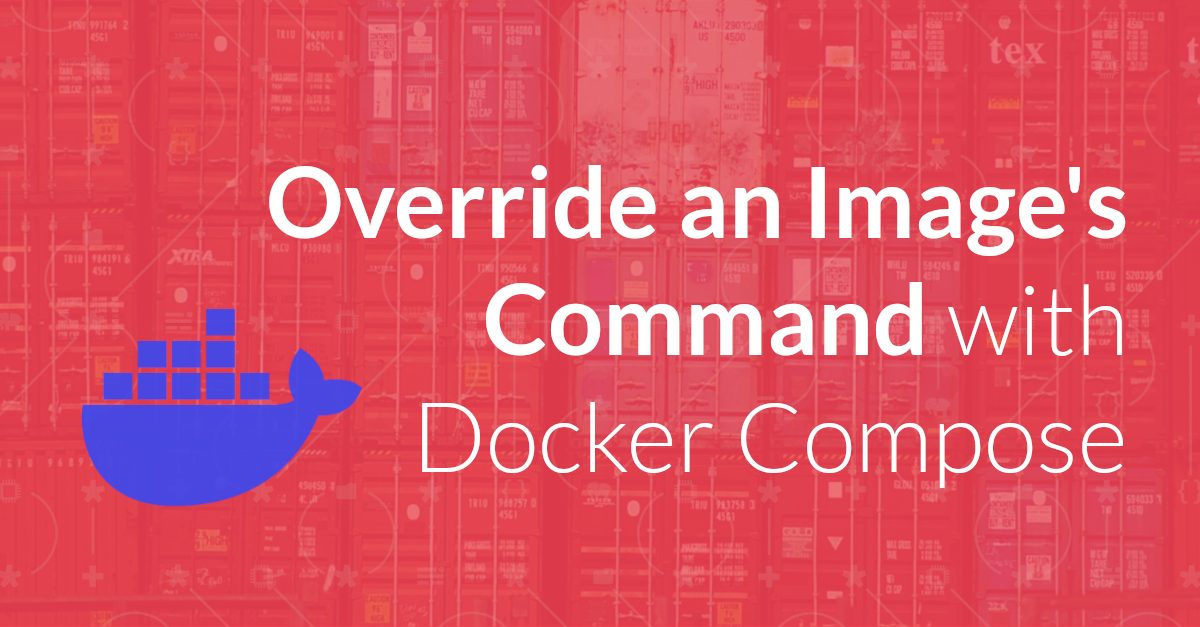
Sometimes, you need to override an image’s command when launching a container with Docker Compose. If you need to do that, in this tutorial I’m going to show you how — without the need to update an image’s Dockerfile or shell scripts.

Sometimes, you need to override an image’s command when launching a container with Docker Compose. If you need to do that, in this tutorial I’m going to show you how — without the need to update an image’s Dockerfile or shell scripts.
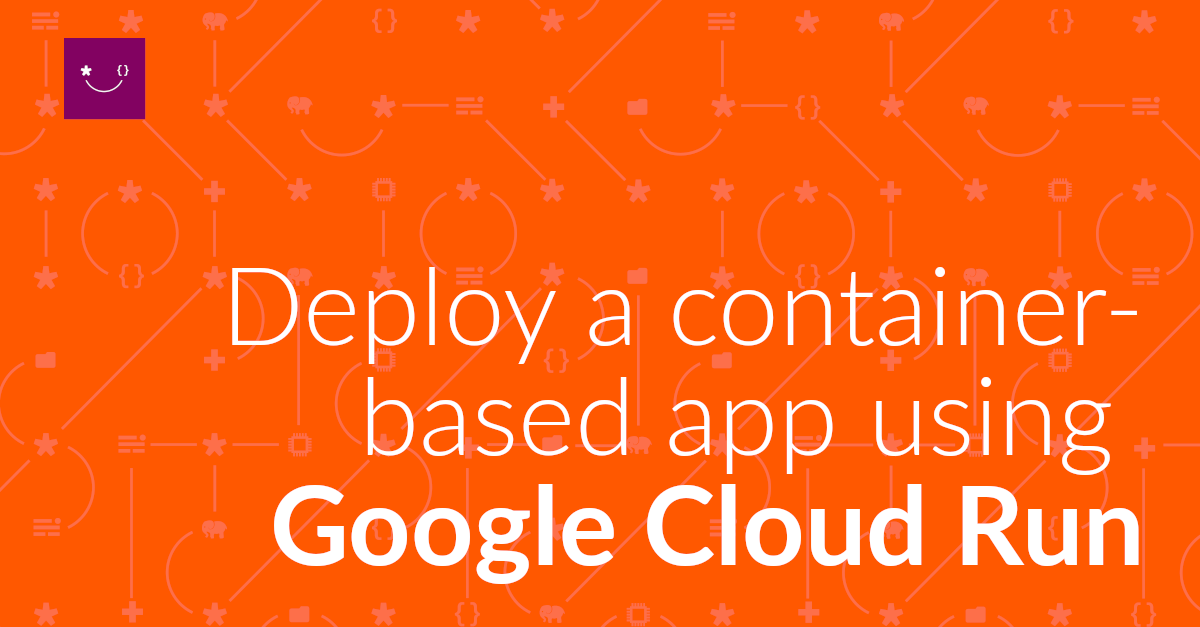
There are loads of ways to deploy container-based applications. In this tutorial, you’ll learn how to deploy a small application using Google’s Cloud Run. It’s a powerful, yet not-too-imposing service that helps you deploy applications pretty quickly.

If you need to find out which image a Docker Compose service is using, you need the docker compose images command. In this short tutorial, I’ll show you how it works.
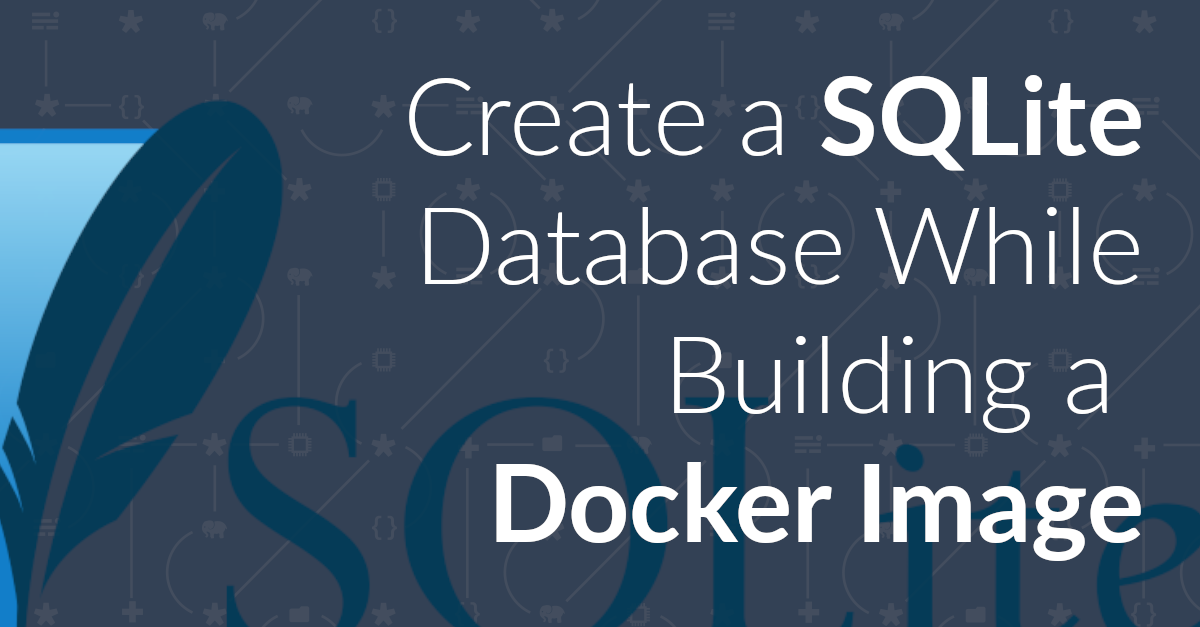
Do you need to have a SQLite database available in a Docker image? I did, and here’s the solution I came up with.
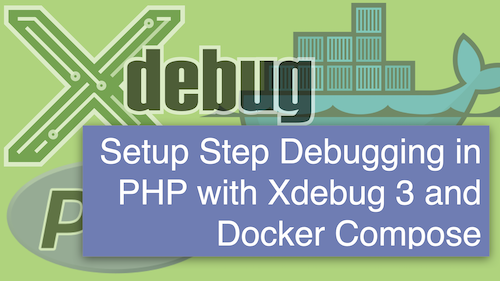
In versions of Xdebug before version 3 setting up step debugging for code inside Docker containers has often been challenging to say the least. However, in version 3 it’s become almost trivial. In this short tutorial, I’ll step you through what you need to do, regardless of the (supported) text editor or IDE you’re using.
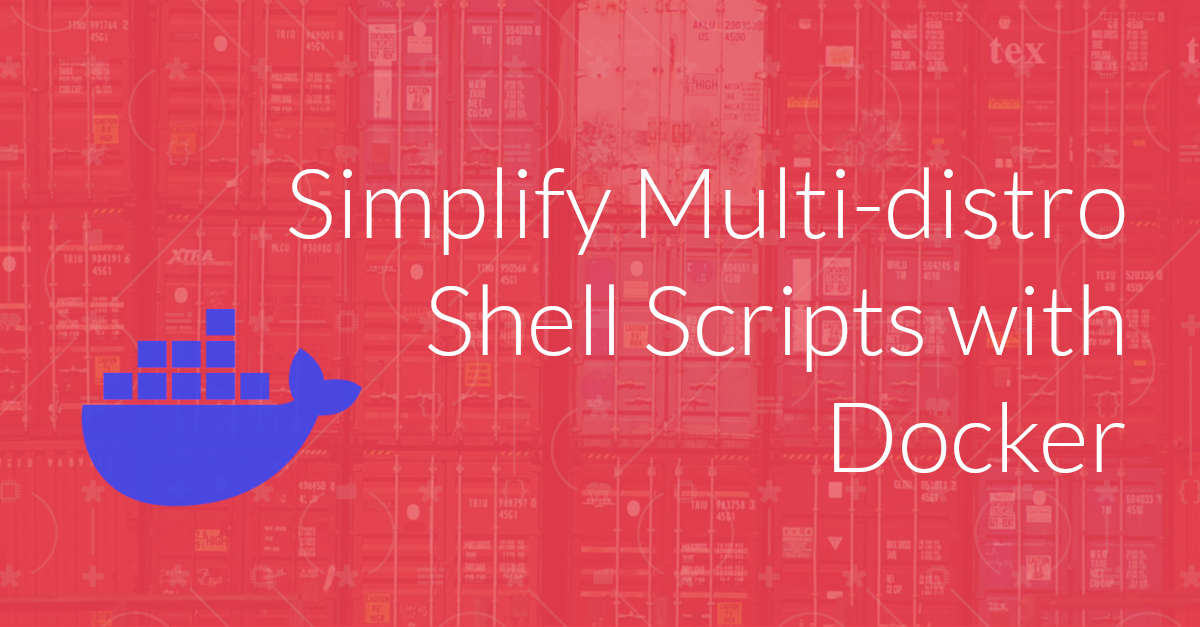
Do you write Linux shell scripts? Do your scripts work on more than one distribution? If so what does your development environment look like and what tools do you use to let you develop, debug, and maintain your scripts both quickly and relatively hassle-free?
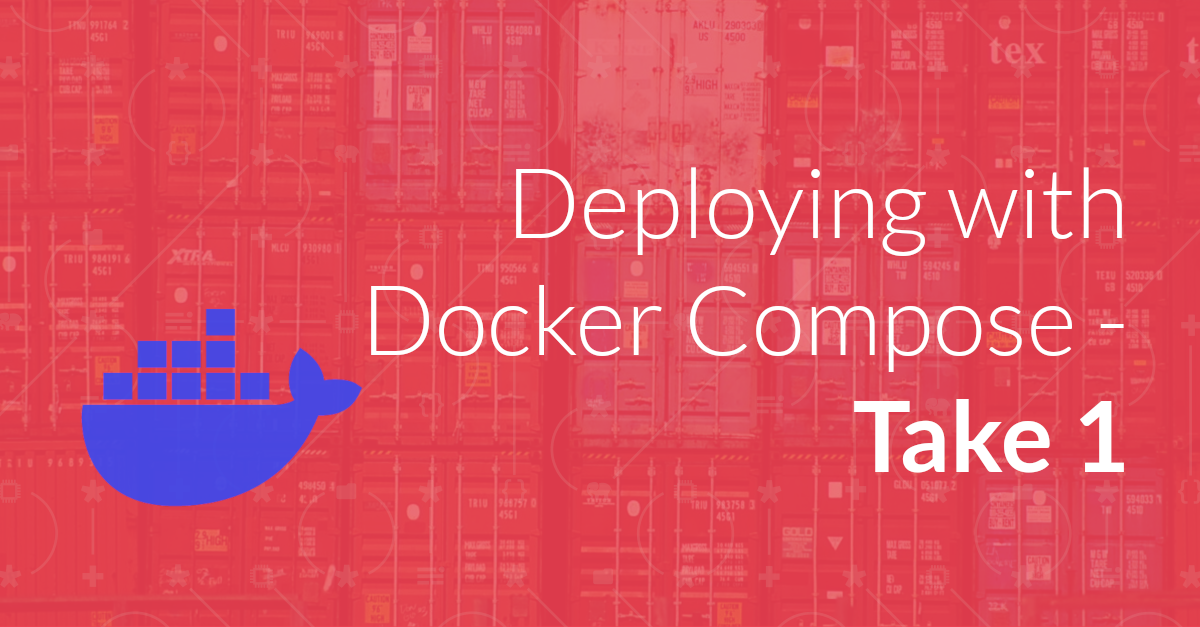
A little while ago, I wrote two parts in a multi-part series about using Docker. As someone who’s reasonably new to Docker — and been bitten by the Docker bug — I wanted to share what I’d learned, in the hopes that others may benefit.
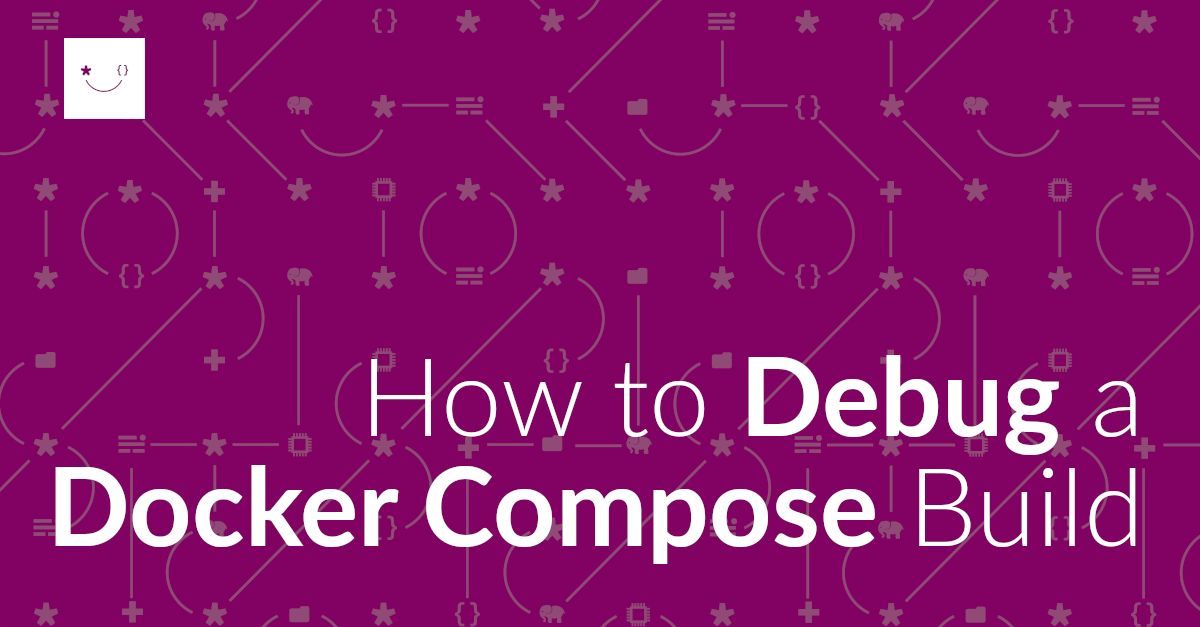
If you’re using Docker Compose to deploy an application (whether locally or remotely) and something’s not working, here’s a concise approach you can use to debug the deployment and get your containers up and running properly.
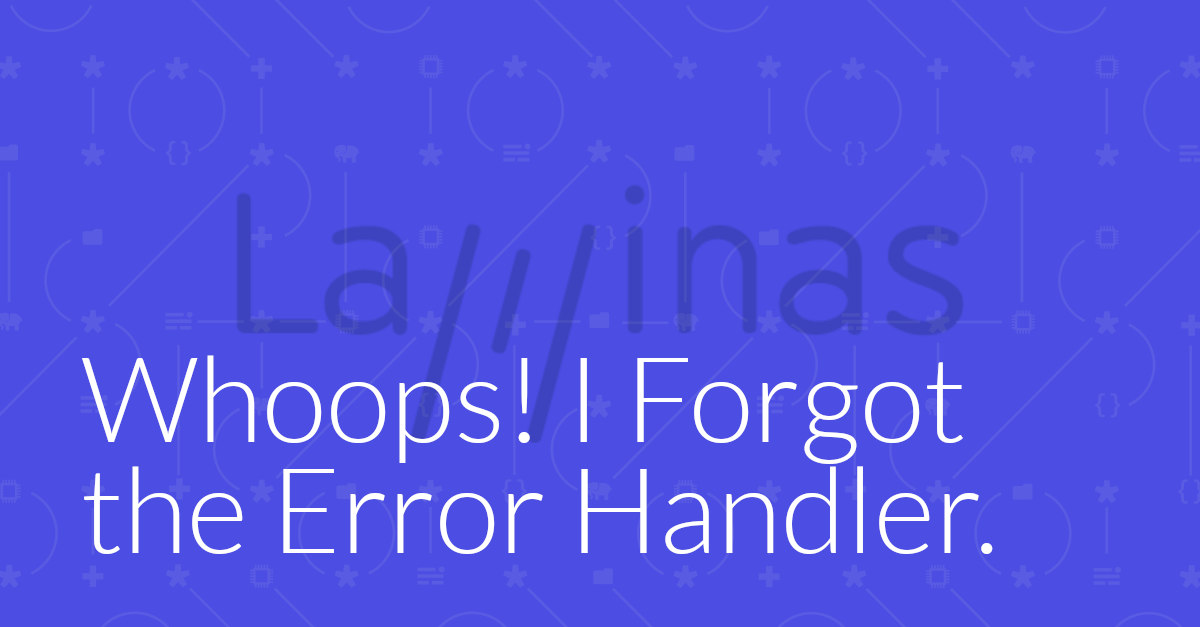
Ever experienced HTTP 500’s, but found that your error logs are empty. Ever had no clue why or how this could be happening? Perhaps you forgot to enable the Whoops error handler.